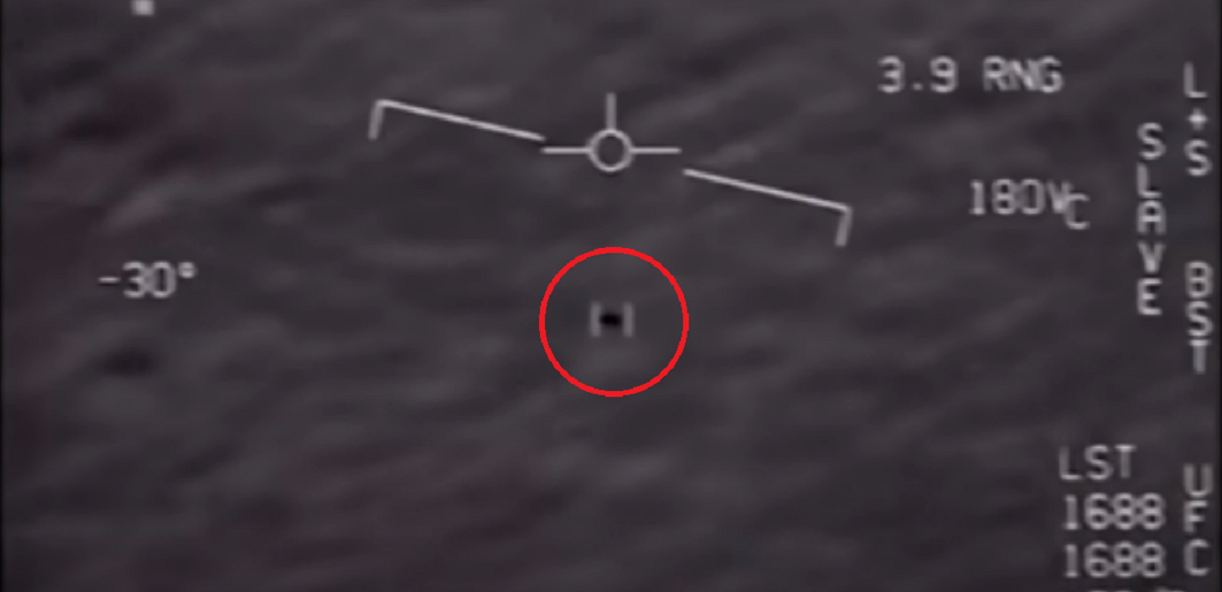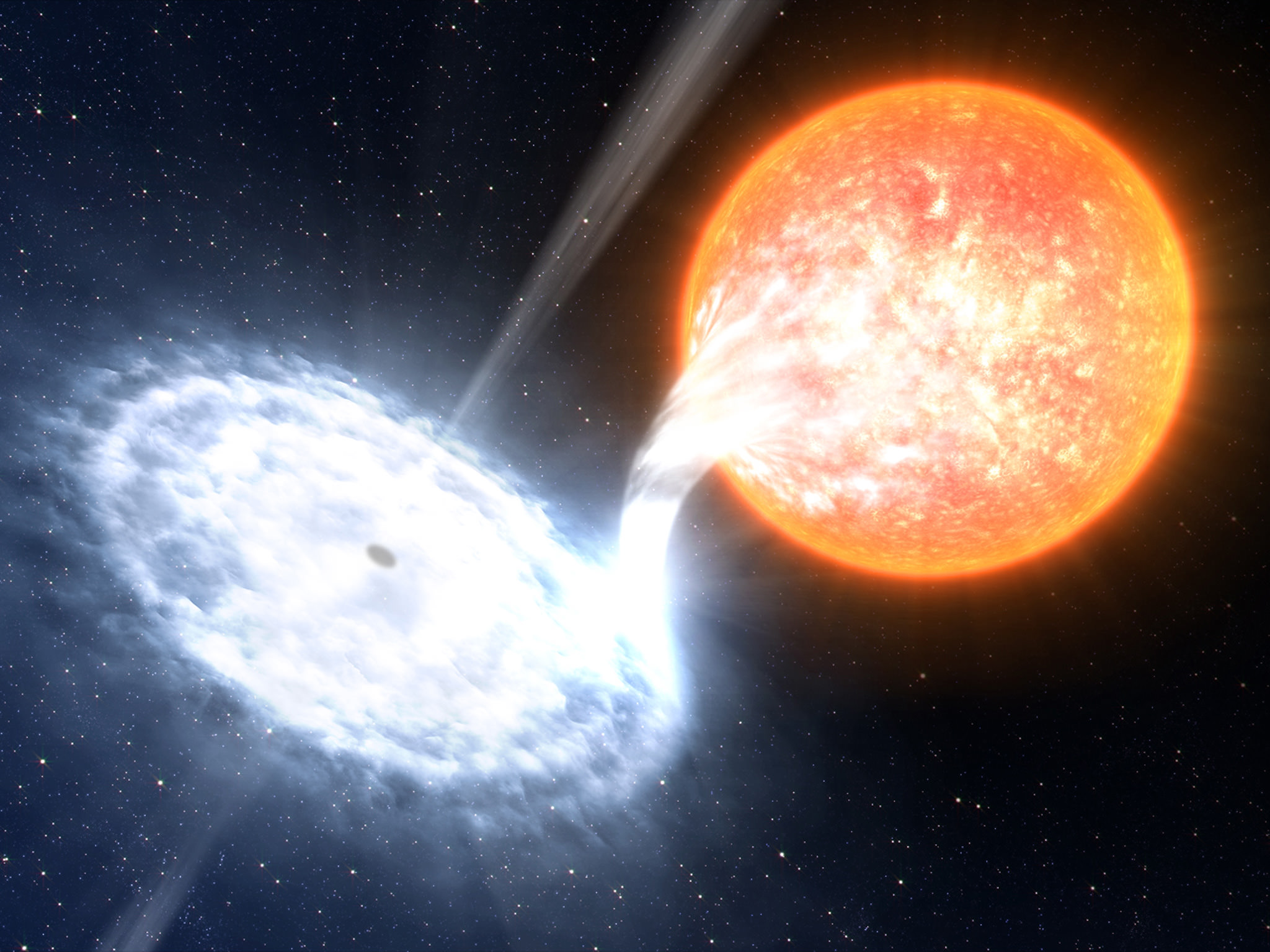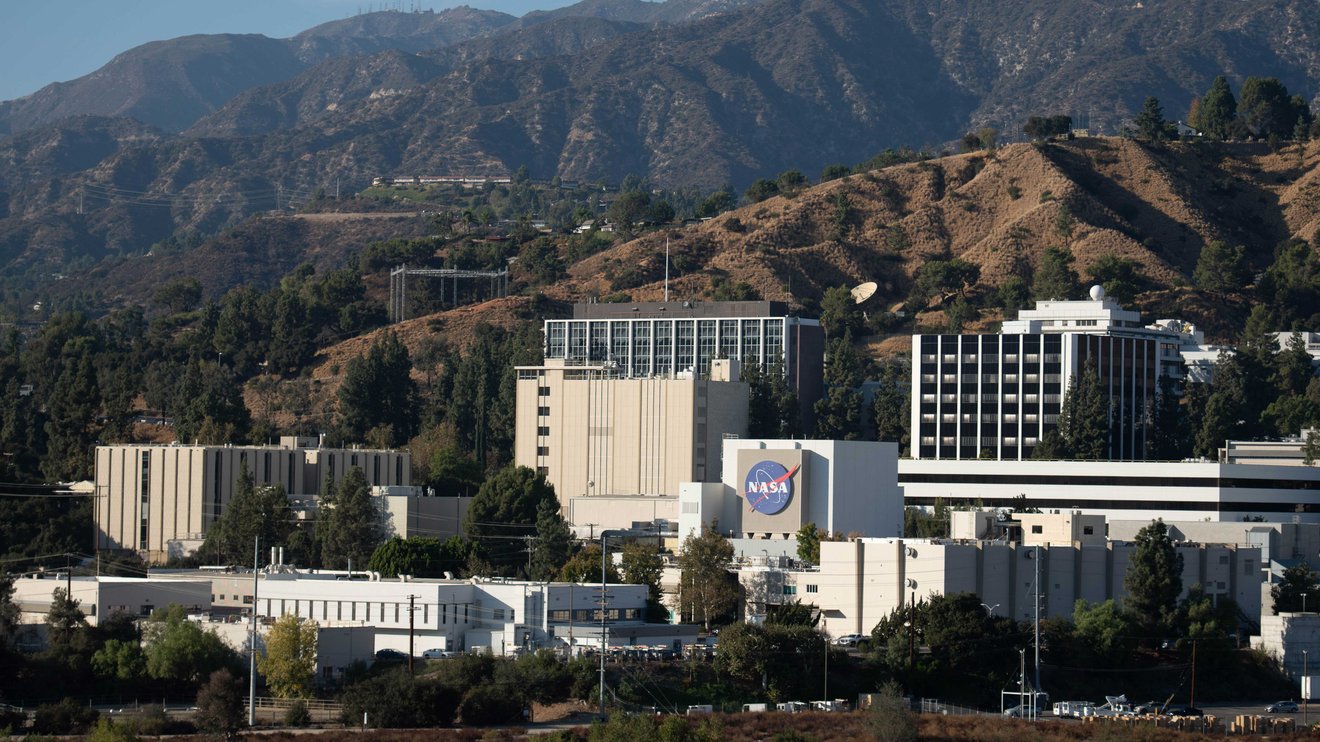The New Zealand Astrophotography Competition showcases and recognizes some of the most stunning images of the southern hemisphere’s night sky. This year, photographers from across New Zealand have captured some incredibly breathtaking skyscapes such as amazing auroras, stunning images of our Solar System, and deep-sky marvels.
Universe Today was proud to be part of this year’s competition, as our own Fraser Cain was one of the judges.
The overall winner in the competition is a gorgeous view of the Aurora Australis, above, by photographer Tom Rae. Rae said he captured this image during the “once in a lifetime” geomagnetic storm in May of 2024, showing the Milky Way arching over the dramatic landscape of Aoraki Mount Cook National Park. This image also won the “Aurora” category.
Continue reading “Our Breathtaking Cosmos: New Zealand Astrophotography Winners Announced”









